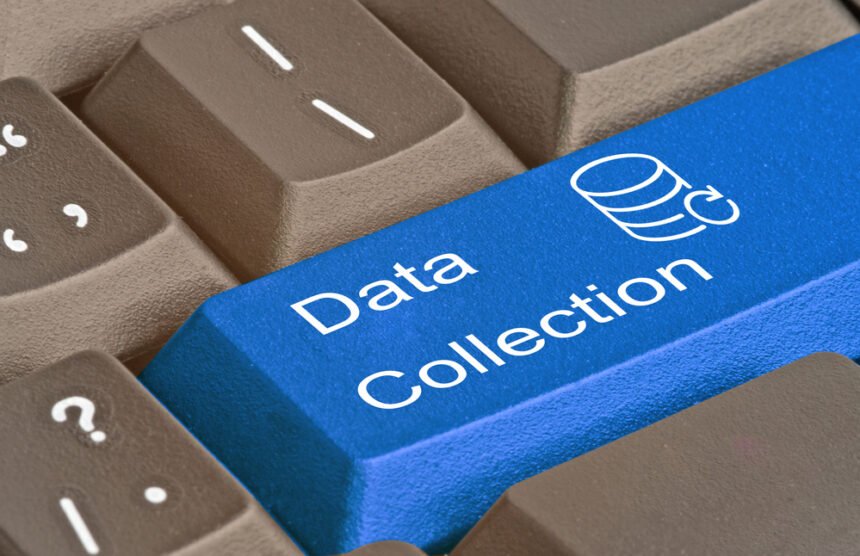Collecting data is a necessary step that companies must take to reach their desired standards or keep from declining in quality. Not only that, but the product or service primarily influences the public’s perception of a brand that they offer, so gathering the data that will inform them of customers’ level of satisfaction is extremely important.
But what ways should be used to do so? Here are a few methods used in data collection.
Conduct Surveys
Surveys are a tried and true way for companies to gather customer information. This method allows companies to directly ask their customers questions about whatever they wish to provide insight into products, services, prices, and more. They are also very versatile and can be conducted online and via email to reach a wide range of customers or in-person to create a deeper and more personalized understanding of the questions being asked. They can also be performed over the phone with a live correspondent or an automated system by implementing tools like Votacall. Questionnaires and social media are often used, too.
Using Registrations and Subscriptions
Many platforms today require customers to subscribe or register to use their services, which can prove to be a valuable way of collecting information about your consumer base. For example, those signing up for email lists or recurring purchases will likely be asked to provide a small amount of data, such as their date of birth, gender, name, email, and so on. When done correctly, this user data can give companies an idea of the demographics using their services and products. However, when asking too many questions or too personal of information, people reject the service.
Performing Online Tracking
More people are online today than ever before, so online tracking is inevitably used to obtain statistics and data for websites. Tracking will tell you how many people have clicked on your site, what tabs they went to, and how long they stayed there. Analyzing these statistics will help teams decide what needs to be addressed or what is working well for the site. For example, what is garnering the most traffic? Why do people back-click out of the site so often? All these questions and more are a result of online tracking.
Scraping Online Directories
There is a lot of content on the Internet. A lot of this content is publicly available. You can use a scraping tool to assimilate content that will be useful for whatever projects you are working on.
Scraping tools like Parsehub, Scrapy and Octoparse can be very useful. You will be able to use them to scrape data on the public web and then categorize it with your data archiving tools.
CRM Tools
There are a lot of tools that make it easier to gather and categorize customer data. You can try using customer relationship management tools like HubSpot CRM, Zendesk Sell and Pipedrive. These CRM tools are able to organize and aggregate customer data easily. You will be able to leverage it to its full effectiveness.
Closing Thoughts
While these data collection methods are widespread and still used to great success, several other strategies are used, such as managing transactions and analyzing market analytics. Understanding your audience is one of the most critical aspects of the process, regardless of whichever method you choose to employ. You’ll often need a combination of many to obtain a solid and accurate representation of the collected data.
You will want to use these data collection techniques as effectively as possible. You may be surprised by the value that they will provide when you are creating a data-driven business.

